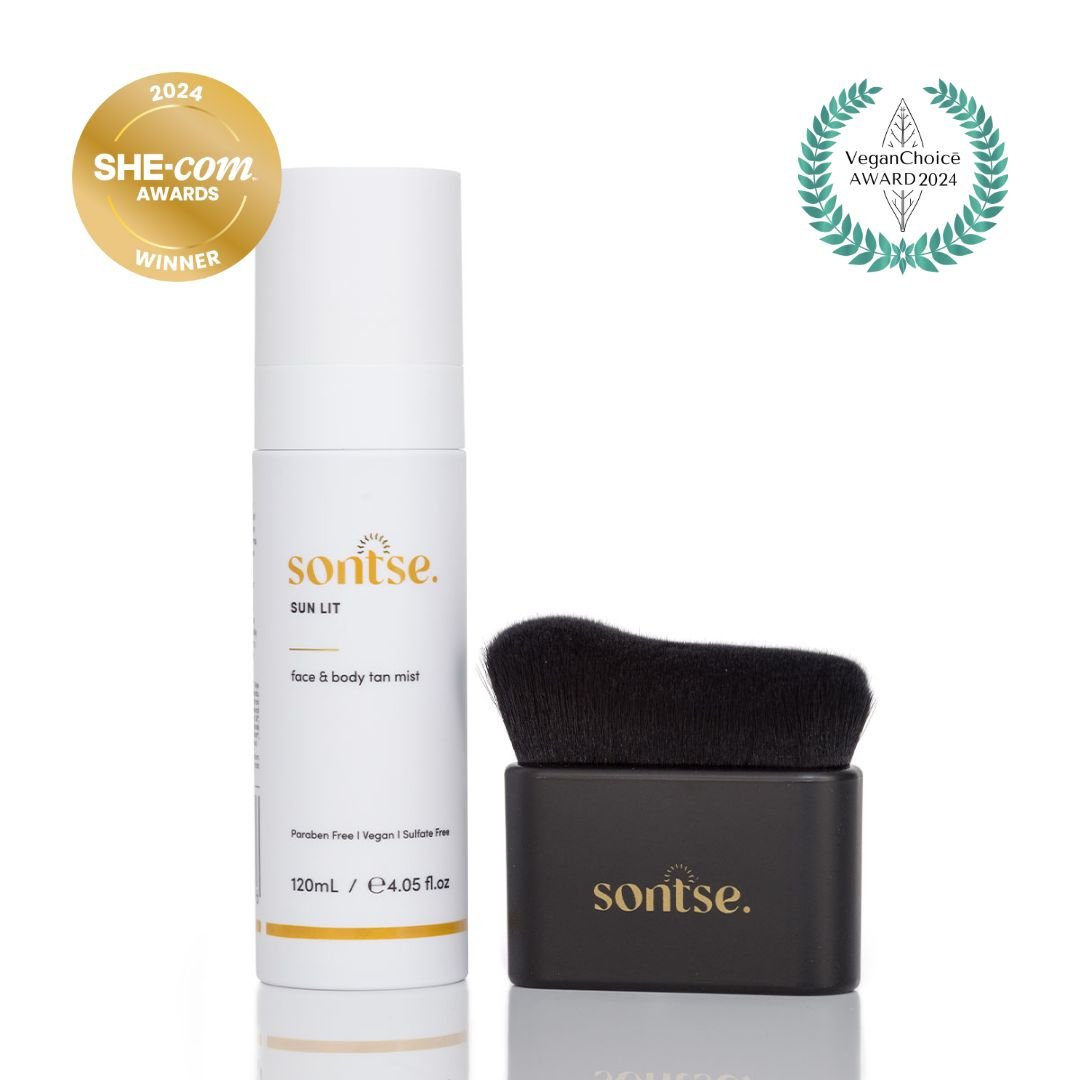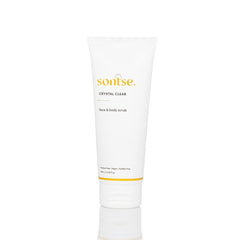According to SunSmart (n.d.), Australia has one of the highest rates of skin cancer in the world.
Each year, almost 2,000 Australians die from this almost entirely preventable disease (Source: Cancer Council Australia). But the real shocking truth? The solution is so simple. According to Centers for Disease Control and Prevention (U.S.A.), ‘Most skin cancers are caused by too much exposure to ultraviolet (UV) rays.’ It’s obvious that being proactive, understanding how to protect your skin, and making sure you’re getting your skin checked regularly is how we can lead the way in sun safety and, together, help save lives.
To give an expert opinion on the topic, we interviewed Dr. Nathan Schaefer, a Plastic and Reconstructive Surgeon who specialises in skin cancer excision and cosmetic eyelid surgery.
First, a little about Dr. Nathan Schaefer
Performing over 1500 skin cancer operations each year, publishing 14 research papers that have been recognised in both Australia and internationally, and sadly, losing his Grandpa and one of his close friends to melanoma in 2015, Dr. Nathan Schaefer, Plastic & Reconstructive Surgeon (and soon-to-be-dad) is certainly passionate about raising awareness and funds for Melanoma research.
With the help of nine mates in 2016, Nathan broke the world record for the fastest team to row one million metres on an indoor rowing machine as part of their ‘Million Metres for Melanoma’ fundraising event. They raised $130K in the process, which was donated towards melanoma research. They repeated the feat in 2018, this time on foot, and broke the world record for the fastest team to run one million metres on a treadmill. This time, they raised $250K towards melanoma research. Their rowing world record was broken during the pandemic, so in 2022, they reclaimed their world record and raised another $250K for the melanoma unit at The Princess Alexandra Hospital.
Incredibly knowledgeable in his field, it was a real honour for Jayde and the team to connect with Dr. Schaefer and be able to share his wisdom and experience with the Sontse. Community. We hope this empowers you with information that enriches your approach to sun safety and potentially helps save lives now and into the future.
So, how often should you get checked for a skin cancer check-up?
Surprisingly, there are currently no Australian guidelines on how often you should get your skin checked (if you haven’t previously had skin cancer diagnosed). Nonetheless, The Australian Skin Cancer Foundation (n.d.) recognises that ‘Australia has the highest incidence of melanoma in the world. A big part of the problem is because people don’t get their skin checked often.’
This, along with the devastating fact that almost 2000 Australians die from this almost entirely preventable disease (SunSmart, n.d.), is what spurs on so much of the Sontse. mission to empower you to ‘glow for life’ by shining the (UV-free) light on sun safety and changing the stigma around sporting a sunless tan.
Eager to see more people being proactive with checking their skin for melanomas, Dr. Nathan Schaefer leads by example, sharing,
“I personally get my skin checked every twelve months and have done so since I learnt about the dangers of sun exposure. I would get my skin checked more regularly in the event that I ever develop a skin cancer. It is never too early to start getting your skin checked.”
Where to get checked for skin cancer? Help, I need a skin checkup!
Wondering where to get checked for skin cancer and what to expect? Dr. Schaefer suggests the most common places to go for a skin checkup are at your local GP, a GP who works exclusively with skin cancer (e.g. at a skin cancer clinic), and/or a dermatologist.
According to The Australian Skin Cancer Foundation (n.d.), you can also get a complimentary Spot Check by travelling MoleMap Melanographers, who will take a closer inspection of up to 3 moles or lesions that you are concerned about. You can learn more about Australia’s first mobile National Skin Check Truck here.
What is the average cost of skin cancer screening?
Although the price for skin checks is different for every practice, it is widely known that dermatologists are more expensive than GPs.
For those on a budget, check with your local GP for bulk-billing options, or consider visiting a roaming skin check truck for free skin checks. It may also be helpful to check with your insurance provider to see if the average cost of skin cancer screening or a melanoma skin check is covered under your policy.
According to Molecheck (n.d.), a full-body skin cancer check in Australia can be around $120, and minor to standard biopsies can range anywhere from $90 to $240.
What to expect at a skin check
Feeling a little nervy about how it’s all going to go down? Or, unsure if you’ve even booked the right thing to begin with? Skin checking, skin screening, mole screening, and mole checking are all terms used interchangeably for the same thing, and according to Dr. Schaefer, the process is easy, fast and painless.
How do doctors check for skin cancer?
So, how do doctors check for skin cancer? Dr. Schaefer explains,
“In a private room, you will strip down (but keep your underwear on) and have your skin examined from your head to your toes with a dermatoscope, which looks like a small magnifying glass.
A thorough skin screen or skin cancer scan will involve examining the skin on your scalp and between your fingers and toes.
If you have ever sunbaked naked or have been to a solarium, you should also have the skin underneath your underwear examined as well.”
On the other hand, if you’re going for a check with a skin check truck, you can expect it to take anywhere from 5 to 10 minutes in a private room within the truck, and there is no need to undress during a Spot Check.
How to check moles and abnormalities at home and what to look out for when doing a skin cancer check at home
According to Dr Schaefer, skin checking at home can be difficult to do because there will be areas on your body that you will be unable to examine yourself (e.g. your back, your scalp), and self-examination should not replace getting your skin checked or getting moles checked by a professional.
Nonetheless, it is important to get to know your skin and what is normal for you so that you notice any changes. Skin cancers rarely hurt and are much more frequently seen than felt.
Dr Schaefer’s recommendation for how to check for skin cancer:
“For the skin that you can see, it is worth looking for ABCDE when examining a spot on your skin –
A is for asymmetry,
B is for border irregularity,
C is for colour variation,
D is for diameter (spots that are getting bigger),
and E is for evolving (spots that are changing).
“If you notice any of the above, you should see a doctor who can do a full cancer skin check and examine the spot that you are concerned with.”
When to get checked for skin cancer
Having seen it all, Dr. Schaeffer is certain that timing is everything. He shares,
“The sooner you identify skin cancers, the better. Some skin cancers can be treated without surgery if they are detected early. If surgery is required, early detection means that the associated scarring will be as inconspicuous as possible. Early detection is also very important for aggressive skin cancers, which can spread around the body if they are left undetected for an extended period of time.”
And what about prevention? Is sunscreen at the beach enough?
We’ve all heard the term ‘slip slop slap’, that catchy phrase we somehow associate with spending hours on the beach, fully exposed to the sun in our cute little bikinis and sun hats… but is that enough?
Unfortunately, there is a widespread, subconscious misconception that skin cancer is the type of thing that develops from one unprotected day on the beach.
There are few who realise how incidental sun exposure day to day can also be the culprit.
Busting the ultimate sun safety myth…
In Australia especially, we seem to think that proper, adequate sun protection isn’t necessary on the more overcast days or colder months and that simply checking the UV rating is enough. But this simply isn’t true.
In Dr. Schaefer’s professional opinion,
“For people with a genetic predisposition, even one episode of sun exposure can be enough to cause a skin cancer to develop. I don’t think it’s safe to tell people that they can change their sun protection habits based on the UV rating. The simple message is that any sun exposure is potentially harmful.”
So, how do you give your skin the sun protection it deserves daily? And is it too late?
According to SunSmart (n.d), ‘It’s never too late to improve your sun protection habits, whether you’re six or 60 years old.’
Here’s what they recommend:
- Slip on sun-protective clothing (the more layers, the better)
- Slop on sunscreen (SPF30 versus SPF50, Broad spectrum, water-resistant within the use-by date is best!)
- Slap on a hat (go for the wide-brim babe… the more coverage, the better)
- Seek shade (who doesn’t want to be sipping coconut water under the umbrella?)
- Slide on sunglasses (make sure they meet the Australian Standard for eye protection (AS/NZS1067). The Standard has five categories of sun protection – choose category 2 or higher. These lenses absorb more than 95% of UV radiation.) (SunSmart, n.d.)
*Plus, beware that UV is even higher at the snow!
Still want a tan but without the UV damage?
Believe it or not, with our Sontse. Golden Hour Self-Tan Mousse, being sun-smart means you don’t have to compromise on your glow. You can read all about how to tan quickly and safely with our sunless tanning solution here.
At Sontse. We’re passionate about raising awareness about proper sun safety and helping you glow with a safer alternative to sun-kissed skin. If you would like to make a contribution to life-saving skin cancer research, you can do so through either of these reputable organisations.
Want to be further enlightened on all things sun safety and sunless tanning? Sign up for our e-newsletter below.
Written By Liana Pantalone – Beauty & Skincare Copywriter at Climbing Vine Co.
References
The Australian Skin Cancer Foundation. (n.d.). Australian Skin Cancer Foundation. Retrieved September 6, 2023, from https://www.australianskincancerfoundation.org/
Molecheck. (n.d.). Melbourne’s Skin Cancer Pricing & Skin Biopsy Cost. Mole Check Clinic. Retrieved September 6, 2023, from https://www.molecheck.com.au/pricing-2/
SunSmart. (n.d.). Protect your skin. SunSmart. Retrieved September 6, 2023, from https://www.sunsmart.com.au/protect-your-skin





















